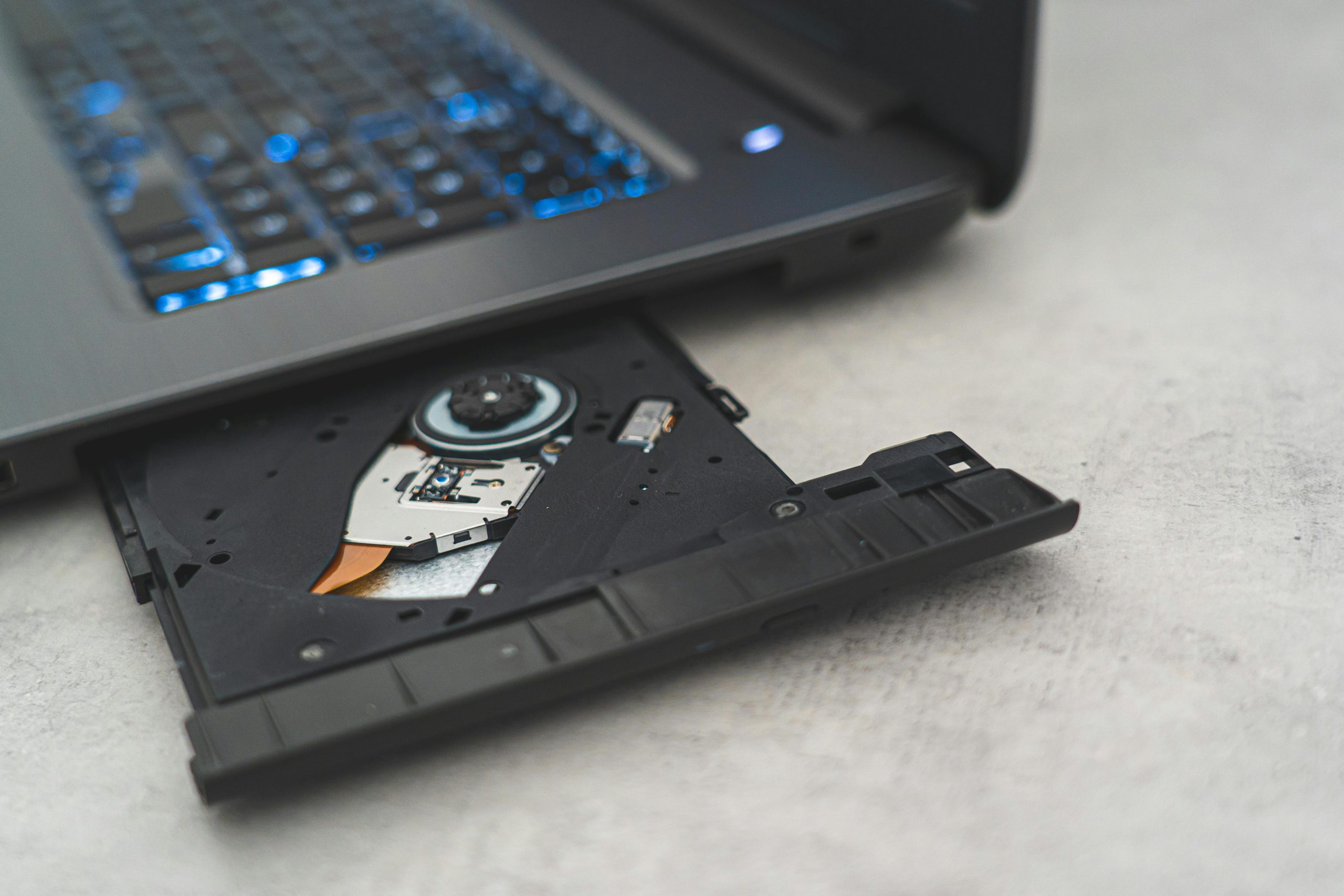Understanding the “Disk Not Initialized” Error: Hardware Failure or Inexpensive Adapters?
Encountering storage device issues can be daunting, especially when data recovery is at stake. Recently, I encountered a situation that highlights the importance of reliable hardware and troubleshooting techniques when accessing NVMe SSDs via external adapters.
Scenario Overview
A friend’s PC, which had been serviced by Dell but was ultimately unrepaired due to hardware failure, contained an NVMe SSD. To retrieve important data, I removed the NVMe module and attempted to connect it to a new Windows 11 PC using a third-party, inexpensive USB-to-NVMe adapter.
However, upon connection, Windows Disk Management displayed the error message: “Disk Not Initialized.” This issue prevented me from accessing or mounting the drive’s contents, raising questions about its cause.
Potential Causes of the “Disk Not Initialized” Error
There are two primary explanations for this error:
- Hardware Failure of the NVMe SSD:
- The drive itself might have suffered physical or electrical damage, especially if the original system experienced component failures such as burned-out motherboard or CPU (as reported with the high-end PC from Dell).
-
Signs include unrecognized drives, read/write errors, or unusual drive health metrics.
-
Incompatibility or Faults in the External Adapter:
- Not all USB-to-NVMe adapters are created equal. Lower-cost, third-party adapters may lack robust circuitry, leading to unreliable communication with the SSD.
- These adapters can sometimes cause the host system to misinterpret the drive’s status, resulting in the “disk not initialized” error.
Assessing the Likelihood
In this scenario, considering the hardware history and the nature of the error, it is plausible that the adapter plays a significant role. Cheap adapters often implement minimal hardware, resulting in incompatibilities or signal integrity issues, which could cause errors even if the drive itself remains functional.
Best Practices for Data Recovery
-
Use Quality Hardware:
Investing in higher-quality, well-reviewed NVMe-to-USB adapters can improve connectivity stability and reduce errors. These adapters typically feature better shielding, circuitry, and compatibility. -
Confirm Drive Health:
Before concluding hardware failure, if possible, connect the NVMe to a different device or use diagnostic tools to assess its health status. -
Consult Professionals:
If the data is critical, consider outsourcing to a professional data recovery service or
Share this content:



